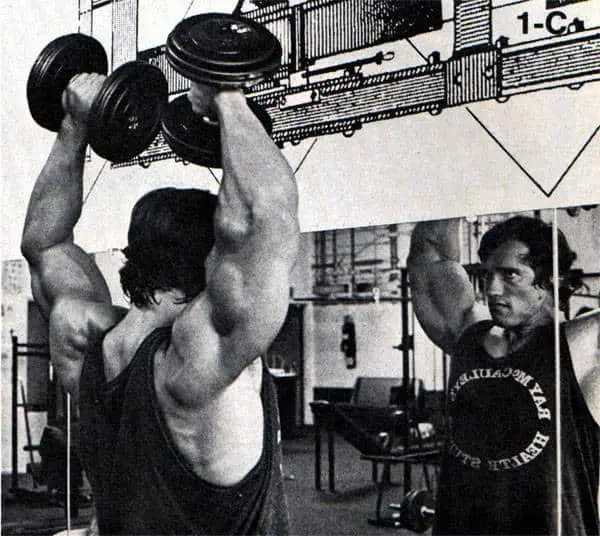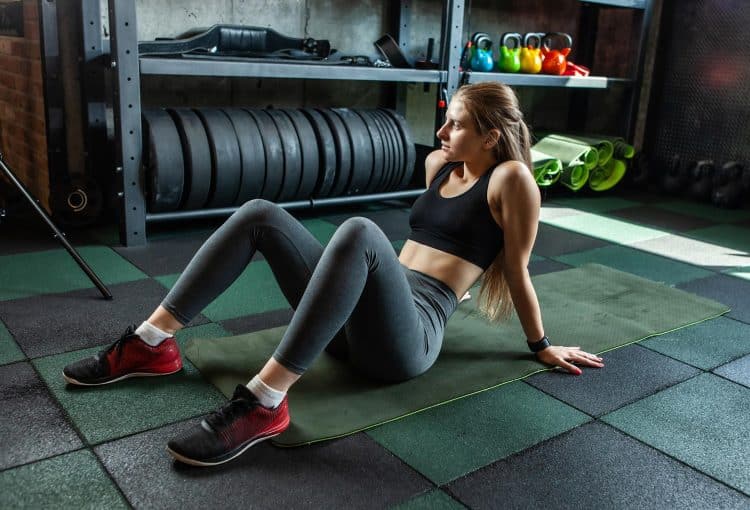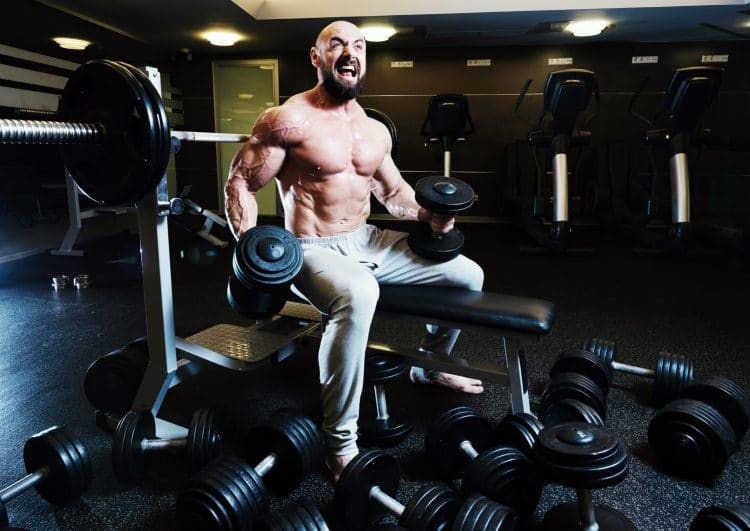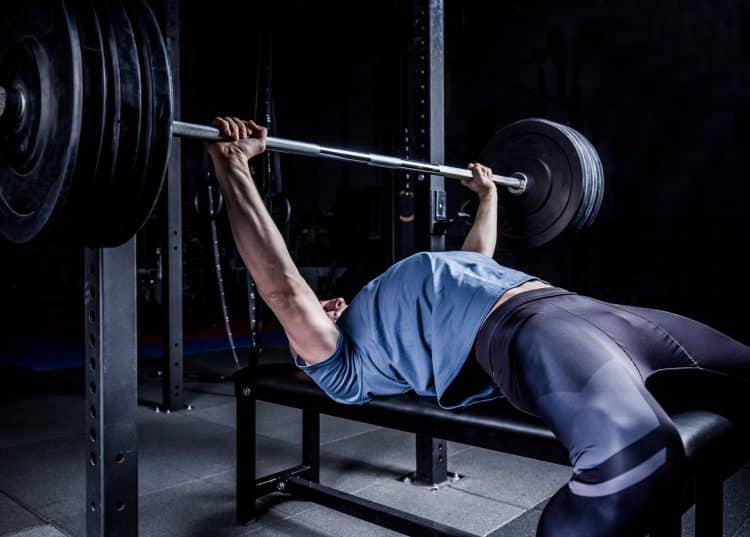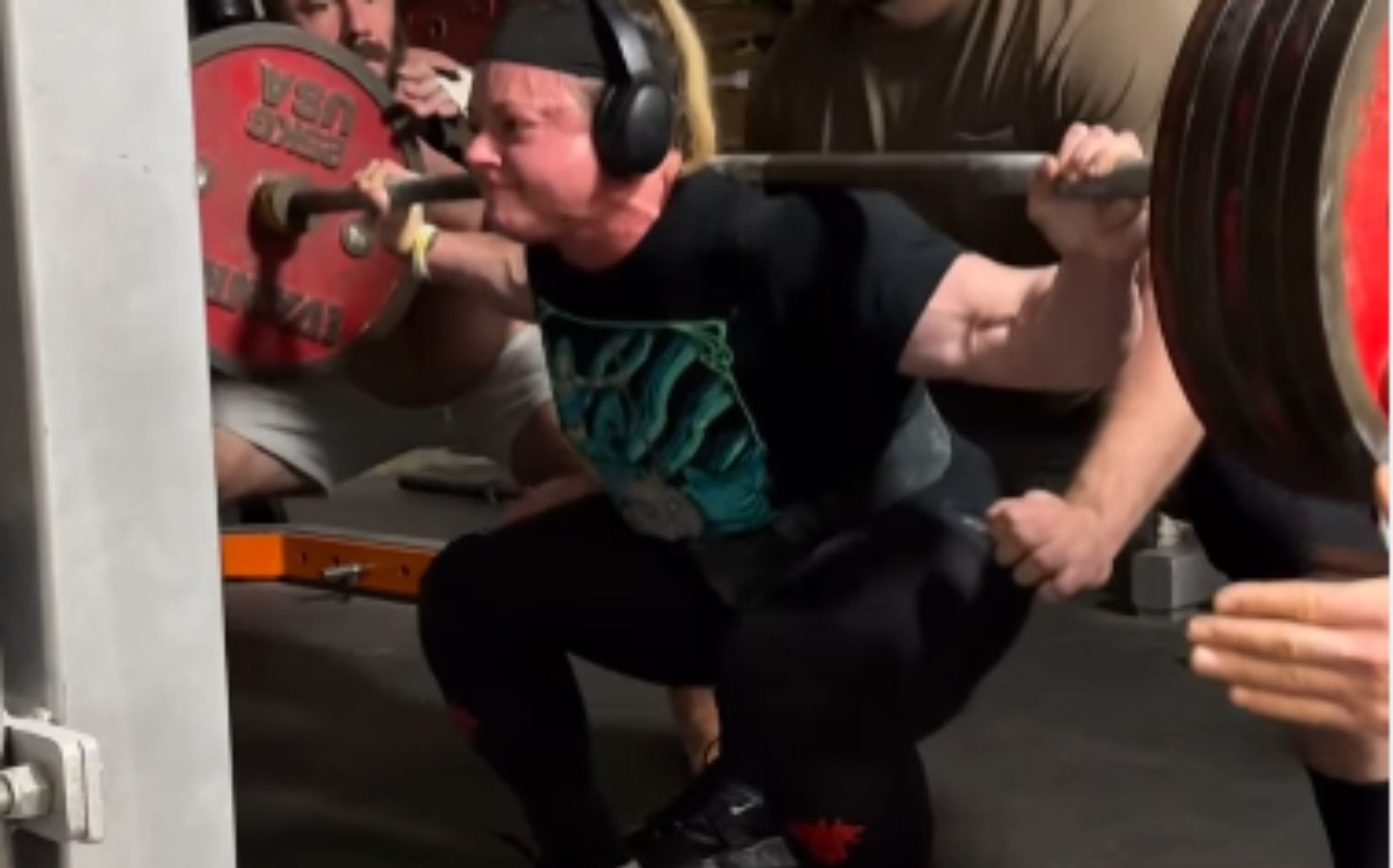With the incredible amount of information available literally at our fingertips, it’s a mystery as to why so many lifters are always trying to improve their workouts. You’d think we’d all have this stuff figured out by now.
But with all that information available, we still feel like we haven’t gotten things together. How can we build more muscle? How can we get stronger? How can we improve our workouts for better results?
1. Utilize symmetry
It’s common to see the average gym bro perform countless sets of bench presses, chest flys, and biceps curls. But what about the training volume for back, thighs, and calves. Even triceps get the short end of the stick when it comes to sets, reps, and intensity. There’s a definite imbalance in many average training programs.
Most lifters focus too much on those mirror muscles (only those body parts seen in a mirror). Instead, look to symmetry in your training to help achieve balance and more comprehensive results.
How:
With a pen and paper write out your current training plan. Is it top heavy? Do you do 20-plus sets for the chest but only a few sets for the back? What about legs? Do only a few sets of squats and leg extensions make up your routine? And what about calves?
Level Up Your Fitness: Join our 💪 strong community in Fitness Volt Newsletter. Get daily inspiration, expert-backed workouts, nutrition tips, the latest in strength sports, and the support you need to reach your goals. Subscribe for free!
Adding some symmetry to your program will only add symmetry to your physique. Start by lowering the sets for favorited areas and increasing them for neglected areas.
For example, if you do 20 or more sets for chest and only 10 for back, go with 12 sets for each. Do the same for quads and hamstrings, triceps and biceps, and calves and abs. Shoot for balance and your physique will follow.
2. Throw out “junk sets”
Another waste of time for many lifters is the use and abuse of junk sets. These are sets that are categorized as either too many warm-up sets or low intensity sets or they are sets performed on useless or very ineffective movements.
For example, if you include exercises such as lying Y raises or excessive rotator cuff work when simple lateral raises and presses will do the trick, you may be spinning your wheels and wasting precious time and energy. Take an honest hard look at every exercise in your program and assess its worth.
How:
First, make sure you’ve included the big, basic, compound movements in your program such as chest and shoulder presses, rows, pull-ups, squats, leg presses, dips, and curls. Next, include variations of each.
For example, if you are doing barbell bench presses, be sure to include alternatives like dumbbell presses and incline work. Same with rows and other pull work: cable pulls, chin-ups, and using different handles.
Lastly, it’s okay to experiment with new exercises or variations. Just be sure to give each one a fair shot for a week or so and then decide to keep it or ditch it. No need to waste time with exercises that are trendy or just ones that everyone else is doing.
3. Time rest periods
This is an often forgotten but highly important tool in your training program. We will read all about rest periods but won’t follow the rules especially when it comes to ego lifts. How many lifters do you see on a Monday just sitting on a bench press, on their phone, for what seems like an entire workout?
We are so worried about how much we bench press that we will rest for five and even 10 minutes to give us more than enough rest to ensure that we get the next lift. Our ego unfairly dictates our rest periods. Regulating rest periods is the forgotten secret weapon in getting better results.
How:
First, get a watch or other tracking device to help track rest periods. Your best bet is to wear an actual watch as your phone may present too much of a distraction. Next, set specific rest periods for each body part group.
For example, larger areas that require multiple muscle groups such as chest, back, and thighs shoot for anywhere from two to three minutes of rest. For smaller areas like arms, shoulders, and calves go with one to two minutes.
Keep a very strict eye on your rest times. You’ll be surprised at how this will affect your results. Yes, you’ll most-likely need to lower the weight on some lifts, but the end result is more progress and more muscle.
Level Up Your Fitness: Join our 💪 strong community in Fitness Volt Newsletter. Get daily inspiration, expert-backed workouts, nutrition tips, the latest in strength sports, and the support you need to reach your goals. Subscribe for free!
4. Drop the ego
Related to the above point, ego lifting is an epidemic especially with the heavy use of social media now permeating every facet of fitness. It seems as though everyone is now filming themselves performing max lifts no matter how dangerous or inconsiderate they may be. Aside from gaining likes, nothing will come about ego lifting aside from sore joints and possible injury which can sideline you from the very thing you love to do. You need an intervention.
How:
It’s time to have an honest talk with yourself. Just as you did with your workout program, do the same honest, self-reflection on your physique. How are you progressing? Are you currently successful in building a balanced physique? Are you slow and steady on achieving your goal? Finally, how do ego lifts fit into this plan?
Once you decide to ditch maxing out on bench presses every workout, squatting too much weight that has you performing half reps, and deadlift with a bowed back while compressing every vertebrae in your back then you’ll build the confidence to lighten the loads and do the real work needed to build your ultimate body.
5. Have go-to workouts
Having a new program is exciting. Putting it into action brings energy and new expectations reminiscent of your first days of taking up the iron. But as with everything else in life, what is new soon becomes old. We face redundancy and eventually burnout with our once coveted plan of action. This either leads to stagnant results or program hopping – the act of frequently switching workout programs in hopes of finding the one magical piece of the puzzle to finally justify our efforts.
Instead of throwing darts in the dark it’s best to have several go-to workouts at the ready that can easily be plugged in.
How:
After some time, you should have a general idea of what’s working for at least a moderate length of time. Out of that plan create one or two more programs different enough to elicit a significant change.
For example, maybe you split your body into three different days (chest/back, shoulders/arms, leg). You can simply shift things around with the same amount of days (chest/shoulders/triceps, legs, back/biceps). Small changes can cause big enough shifts to significantly kick start your progress once again.
6. Time your eating
Another hot topic is pre and post training eating habits. Everything from pre workout supplements to anabolic windows get discussed, debated, and argued. Science has cut through much of the noise, but one factor continues to get overlooked: your specific preferences. The fact is, we all have different lives filled with our own specific demands, stresses, and schedules.
What works for someone who has a physically demanding job won’t be optimal for the sedentary desk worker. We need to adopt pre and post training eating habits that will benefit our own unique situations.
How:
Experimentation and a willingness to try new things will be the best approaches. Maybe you workout best fasted. Maybe you need a small meal of complex carbs two hours before training. Or maybe you feel better training early in the morning with only a glass of water. Whatever it is, experiment to find what works best. Also, don’t be afraid to try new things such as fasted training, having some carbs, or a whey protein shake.
Have the same attitude post training. Do you feel better after downing a protein shake right after training? Do you need an hour or so before eating again? Or do you need carbs shortly after to fuel muscle stores. Yes, there are tried and true guidelines but play around with timing and types of foods.
7. Eliminate distractions
Finally, this one factor is most likely the one that will have the absolute biggest influence on your progress. It doesn’t take a rocket scientist to know that every gym in the world is packed with screen-scrolling zombies paying as little attention to their workouts as possible. This results in fragmented attentions, random rest periods, and a general lack of focus on the task at hand.
How can we honestly think that we could go from checking social media and then to getting under the bar for an intense set of squats and believe we’re giving everything we’ve got? If you want to remain stuck then keep doing what you’re doing. For the rest of us, we need to do better.
How:
It’ll hurt, but if you consider your phone a fifth appendage then you’ll need to take some serious action. Leave the phone in the car when your in the gym. Need your phone with you for a legitimate reason? Keep it in a cubby or locker in the gym. Do you like to listen to music while training? Put it on airplane mode so you can’t check every little notification.
Bottom Line
Be honest with yourself – do you want to build the physique of your dreams? Then you need to take real, deliberate action on what is distracting you from performing at your best. Focus on practicing optimal habits for that one hour of training. You have the rest of the day to be a part of the land of the undead and scroll away.


